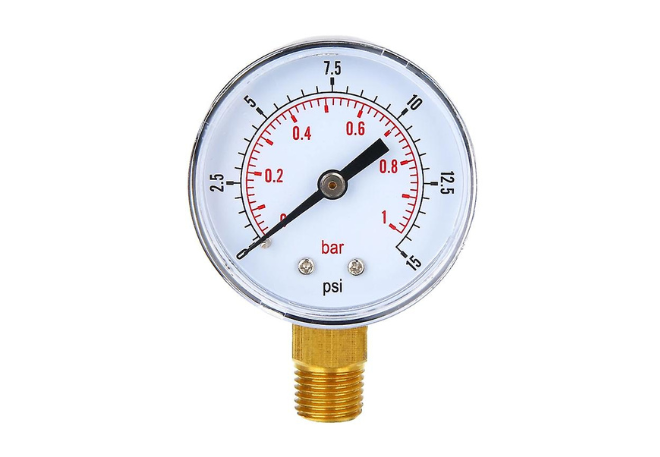Why Are Tarpaulins So Widely Used in Modern Life?
Tarpaulins are more than just heavy-duty covers. They serve countless purposes across industries, homes, agriculture, and recreational activities. Their simple design and tough nature have made them a staple in both everyday use and emergency scenarios. But what exactly makes a tarpaulin so valuable? Let’s explore this unsung essential in detail.
Understanding the Basics of a Tarpaulin
A tarpaulin is a large, protective sheet usually made from materials like polyethylene, vinyl, or canvas. Its core purpose is to shield objects and surfaces from weather elements such as rain, sun, and dust. Whether used temporarily or as a long-term solution, tarpaulins offer unbeatable adaptability.
Exploring the Common Applications of Tarpaulins
From construction projects to everyday household tasks, tarpaulins are found almost everywhere. Their flexibility and strength make them perfect for multiple applications.
Construction workers use tarps to protect machinery and materials from adverse weather conditions. Gardeners rely on them to shield plants and create shade. Event organizers utilize them for quick shelters or stage backdrops. Logistics teams trust tarpaulins to safeguard cargo on trucks and ships. Even campers carry lightweight tarps for shelter or ground covers.
Key Materials That Define Tarpaulin Performance
Not all tarpaulins are created the same. The material plays a crucial role in determining their weight, durability, and resistance.
Polyethylene tarps are waterproof, lightweight, and commonly used for general purposes. Canvas tarps are heavier and breathable, suitable for construction and industrial coverage. Vinyl tarpaulins are more abrasion-resistant and are used in commercial transport or heavy-duty protection tasks. The selection depends entirely on where and how the tarp is being used.
Advantages That Make Tarpaulins Indispensable
Durability is a key reason tarpaulins are in high demand. These covers are built to last, even in harsh conditions. Most tarps are UV-resistant, waterproof, and tear-proof, giving them a long lifespan with minimal maintenance.
Another significant advantage is portability. They are foldable, easy to carry, and quick to install. Grommets along the sides allow secure fastening, and some come with reinforced edges to withstand high tension.
Understanding the Importance of Tarpaulin Thickness
GSM (grams per square meter) is the standard unit for measuring tarp thickness. A higher GSM rating indicates a heavier and more durable sheet. Thin tarps might be enough for light home use, but industrial or transport-related needs require heavy-duty variants with higher GSM levels. Choosing the right GSM ensures the tarp performs well under pressure and weather stress.
Choosing the Right Size and Style
Tarpaulins come in a range of sizes and finishes to suit specific tasks. Clear tarps allow light penetration, perfect for greenhouses. Mesh tarps enable airflow while offering partial shade, used in fencing or scaffolding. Flame-retardant tarps are critical in fire-prone areas or welding zones. Picking the correct type ensures efficiency and safety during use.
How to Store and Maintain Your Tarpaulin
Proper care increases the life of your tarpaulin. After use, always clean the tarp using water and mild soap. Allow it to dry completely before folding and storing it in a shaded area. Avoid sharp bends and do not store in damp conditions to prevent mould or cracking. Regular inspection for small tears can prevent larger damage and maintain its protective properties.
Real-Life Examples of Tarpaulin Utility
In coastal regions, tarpaulins are used to cover boats and fishing gear. During outdoor sports events, they are quickly set up as shade or rain shelters. In agriculture, farmers use them to dry grains or protect harvested crops. Relief organizations distribute tarpaulins as instant roofing during natural disasters. This versatility makes them useful in a wide variety of real-world scenarios.
Environmental Concerns and Responsible Use
While most tarps are made from plastic-based materials, newer, eco-conscious variants are being introduced. Reusable and recyclable tarpaulins reduce waste and environmental damage. Users are encouraged to repurpose old tarps for storage covers, pet shelters, or DIY projects instead of discarding them.
Final Thoughts on the Value of Tarpaulins
With their all-weather protection, easy setup, and low cost, tarpaulins offer a practical solution for a wide range of needs. Their ability to adapt to different situations makes them a go-to product in homes, businesses, and even in humanitarian missions. Whether for long-term coverage or a short-term fix, tarpaulins prove to be a reliable and essential part of modern life.




Comments
Post a Comment